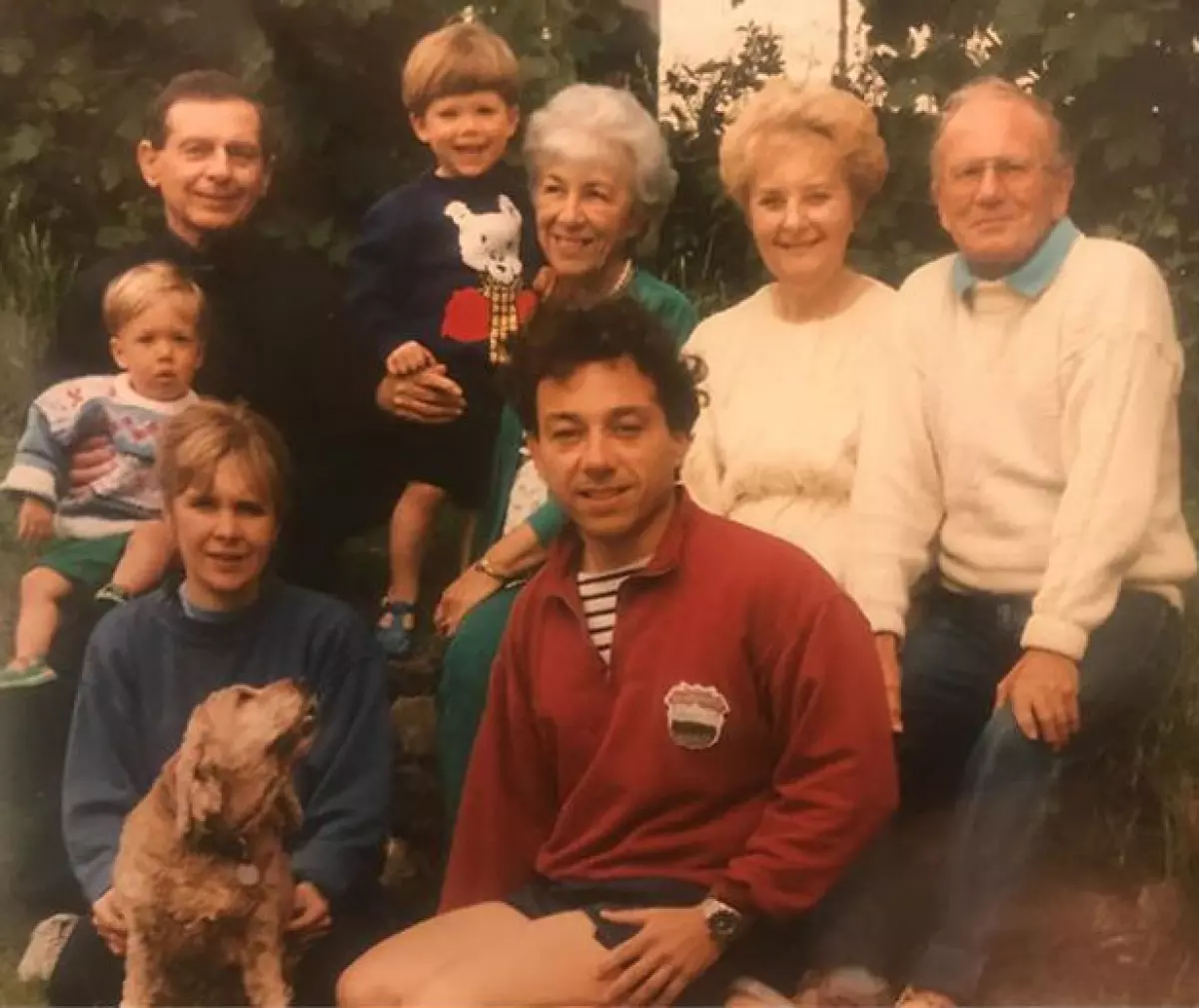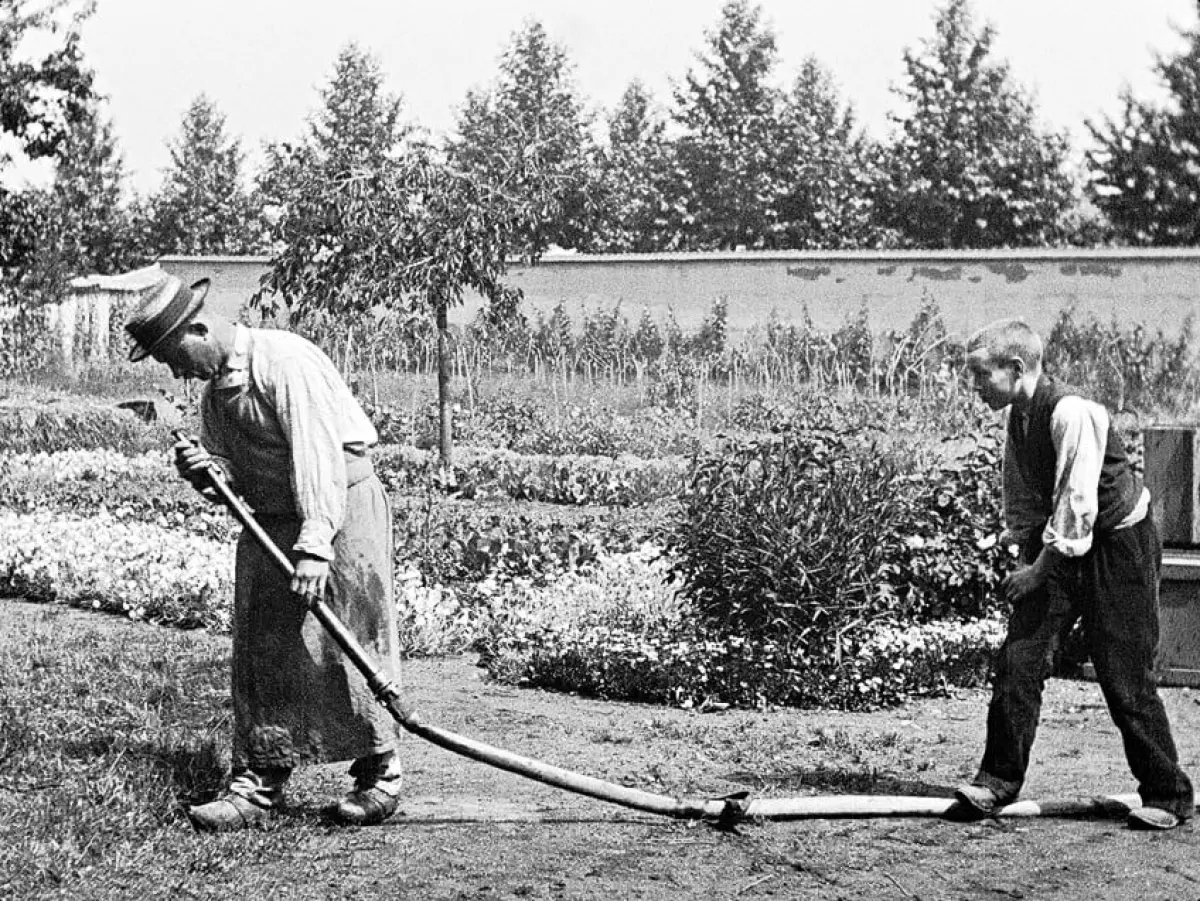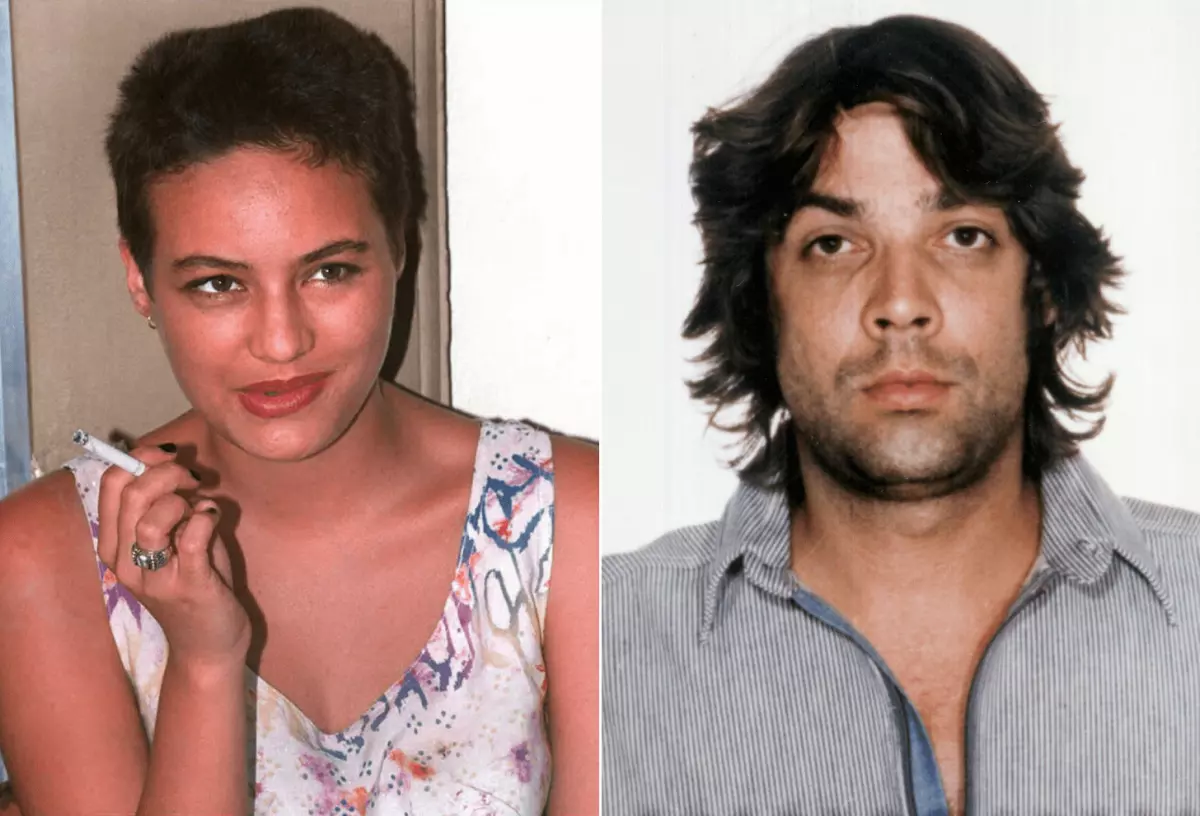For years, the rivalry between Bette Davis and Joan Crawford has been attributed to their divergent backgrounds and personalities. However, recent revelations suggest that their feud may have been ignited by a love triangle involving a man they both desired.
According to Kathryn Sermak, Bette Davis' loyal assistant, Crawford had a crush on Davis. But Davis, a self-proclaimed "man's woman," rejected her advances. Sermak confirmed this in her book, "Miss D and Me: Life with the Invincible Bette Davis." The book sheds light on the complex relationship between the two legendary actresses.
The origin story of their feud, as revealed by Davis herself before her passing in 1989, adds another layer to the dynamic between these Hollywood icons. It appears that Crawford's infatuation with Davis was one of the many catalysts for their ongoing conflict.
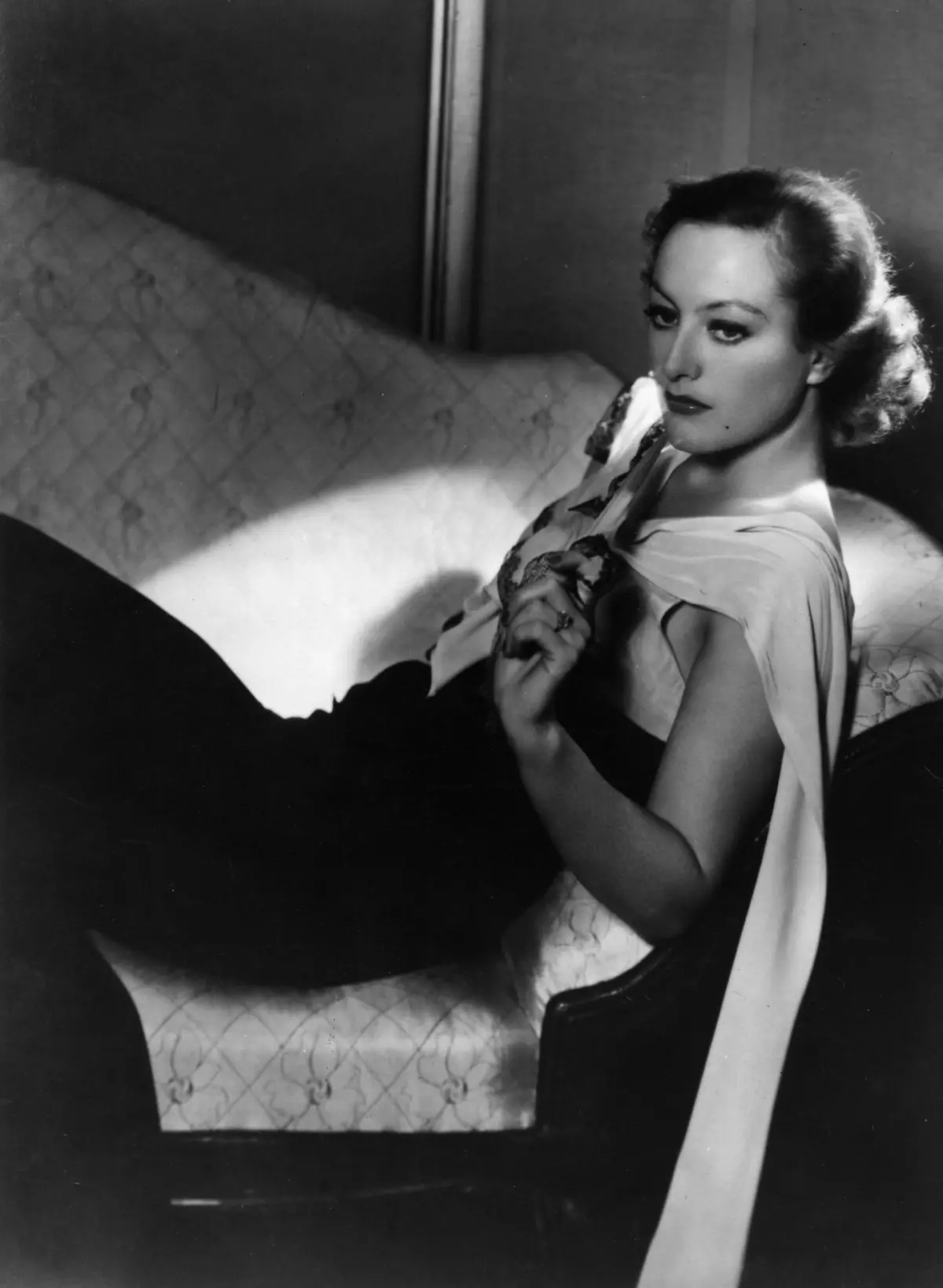 Joan Crawford in 1935. (Photo by Hulton Archive/Getty Images)
Joan Crawford in 1935. (Photo by Hulton Archive/Getty Images)
Interestingly, this revelation aligns with the narrative presented in the critically acclaimed FX series, "Feud: Bette and Joan." The show delves into the making of their only film together, "What Ever Happened To Baby Jane?" in 1962. Despite their professionalism on set, studio bosses capitalized on their deep-rooted animosity, leveraging it to generate controversy and publicity.
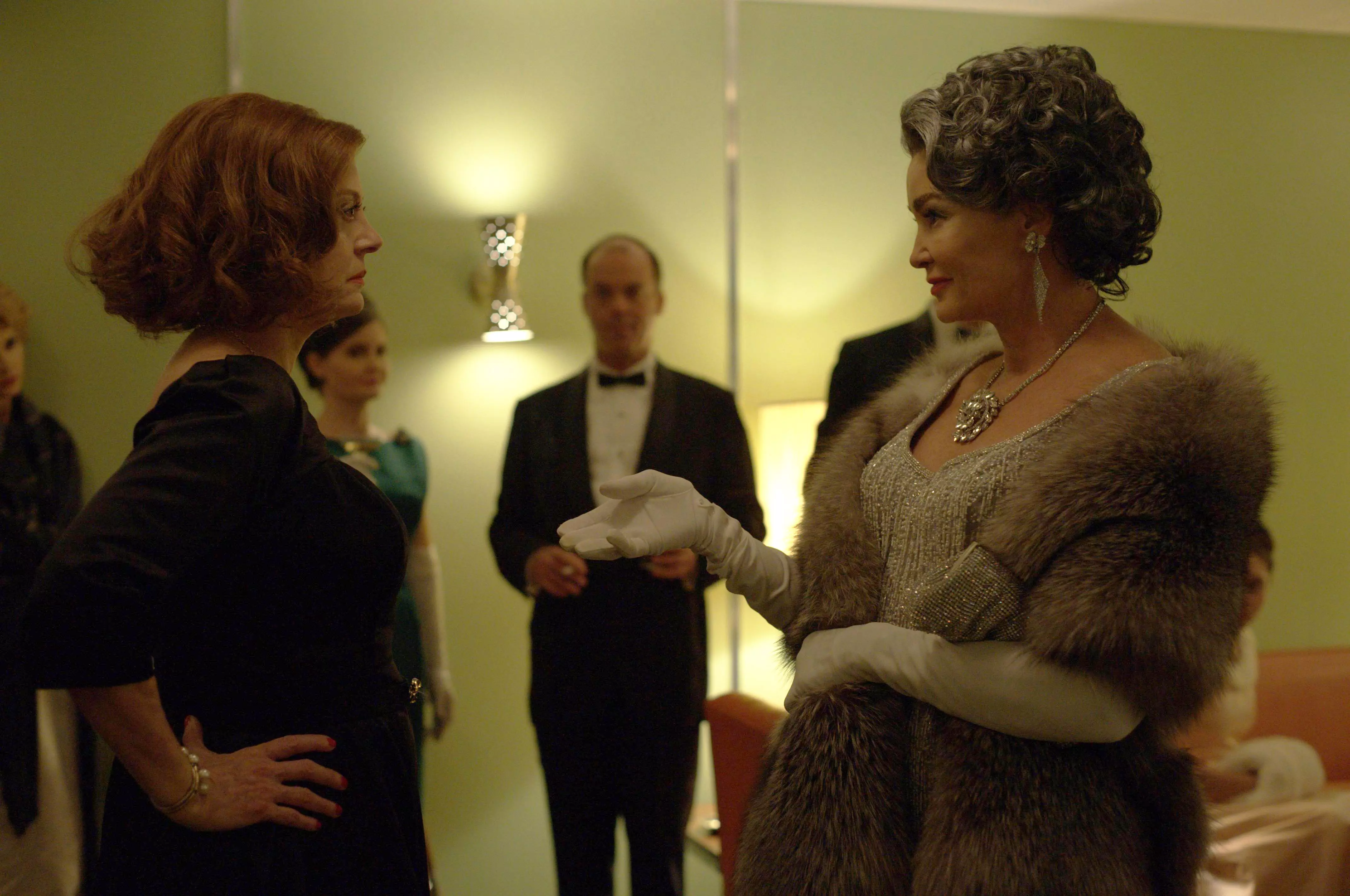 Susan Sarandon as Bette Davis and Jessica Lange as Joan Crawford in FX’s “Feud: Bette and Joan.” (FX)
Susan Sarandon as Bette Davis and Jessica Lange as Joan Crawford in FX’s “Feud: Bette and Joan.” (FX)
The feud between Davis and Crawford goes even further back. In 1935, Davis fell in love with Franchot Tone, her co-star in the film "Dangerous." However, Crawford managed to captivate Tone, marrying him shortly after the movie's completion. Davis, heartbroken by the betrayal, admitted that she would never forgive Crawford.
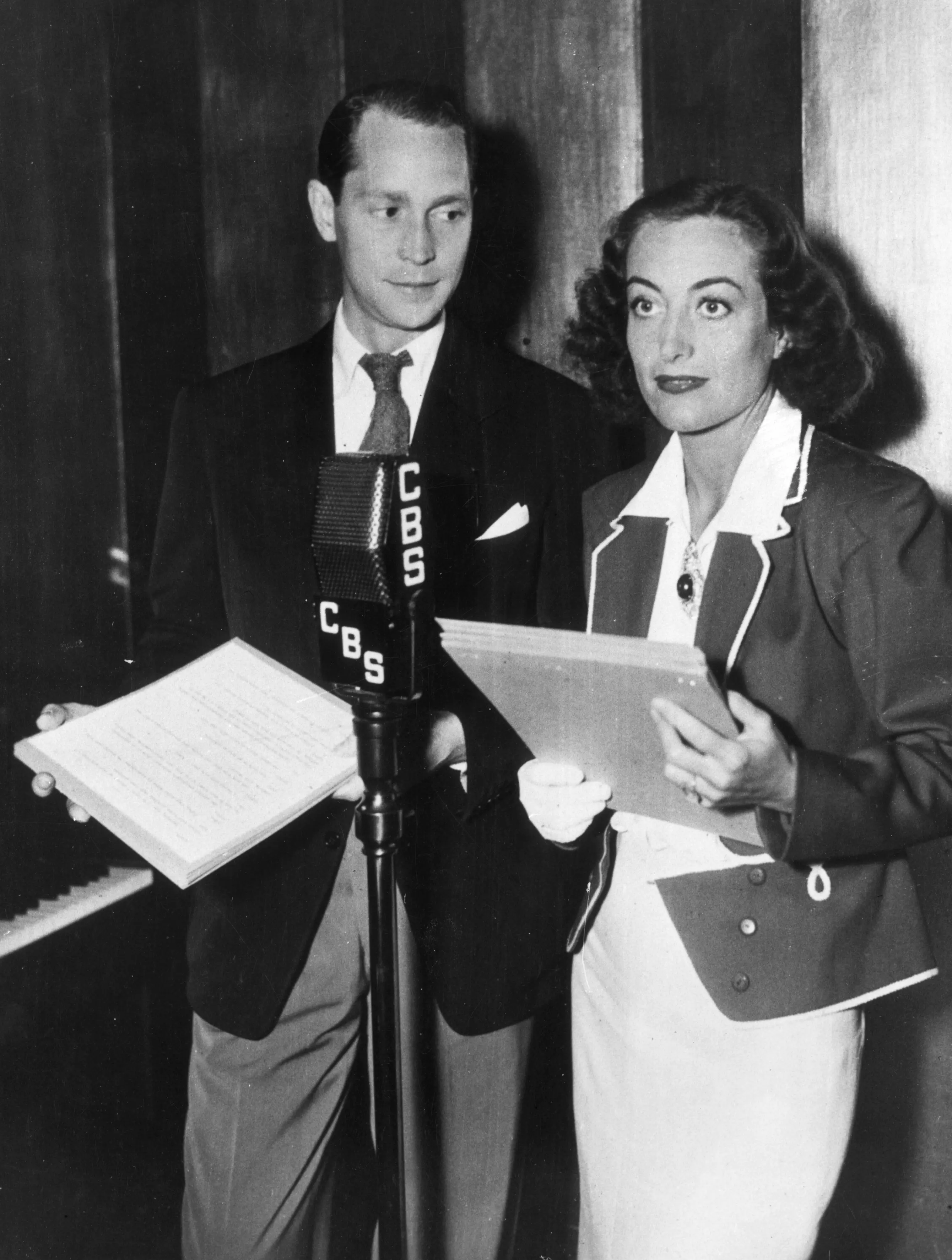 Joan Crawford and her second husband Franchot Tone recording a radio show for CBS. (Photo by General Photographic Agency/Getty Images)
Joan Crawford and her second husband Franchot Tone recording a radio show for CBS. (Photo by General Photographic Agency/Getty Images)
The impact of Crawford's actions on Davis extended beyond losing Tone. Davis, always a strong supporter of women, felt betrayed by Crawford's backstabbing. Sermak highlights Davis' admiration for women who took control of their lives and responsibilities, making Crawford's actions even more hurtful.
Sermak's book serves as a testament to the bond she shared with Davis during the final years of the icon's life. As Davis' health declined, Sermak remained by her side, offering support and loyalty. Their relationship was akin to that of a mentor and student, fostering a deep connection.
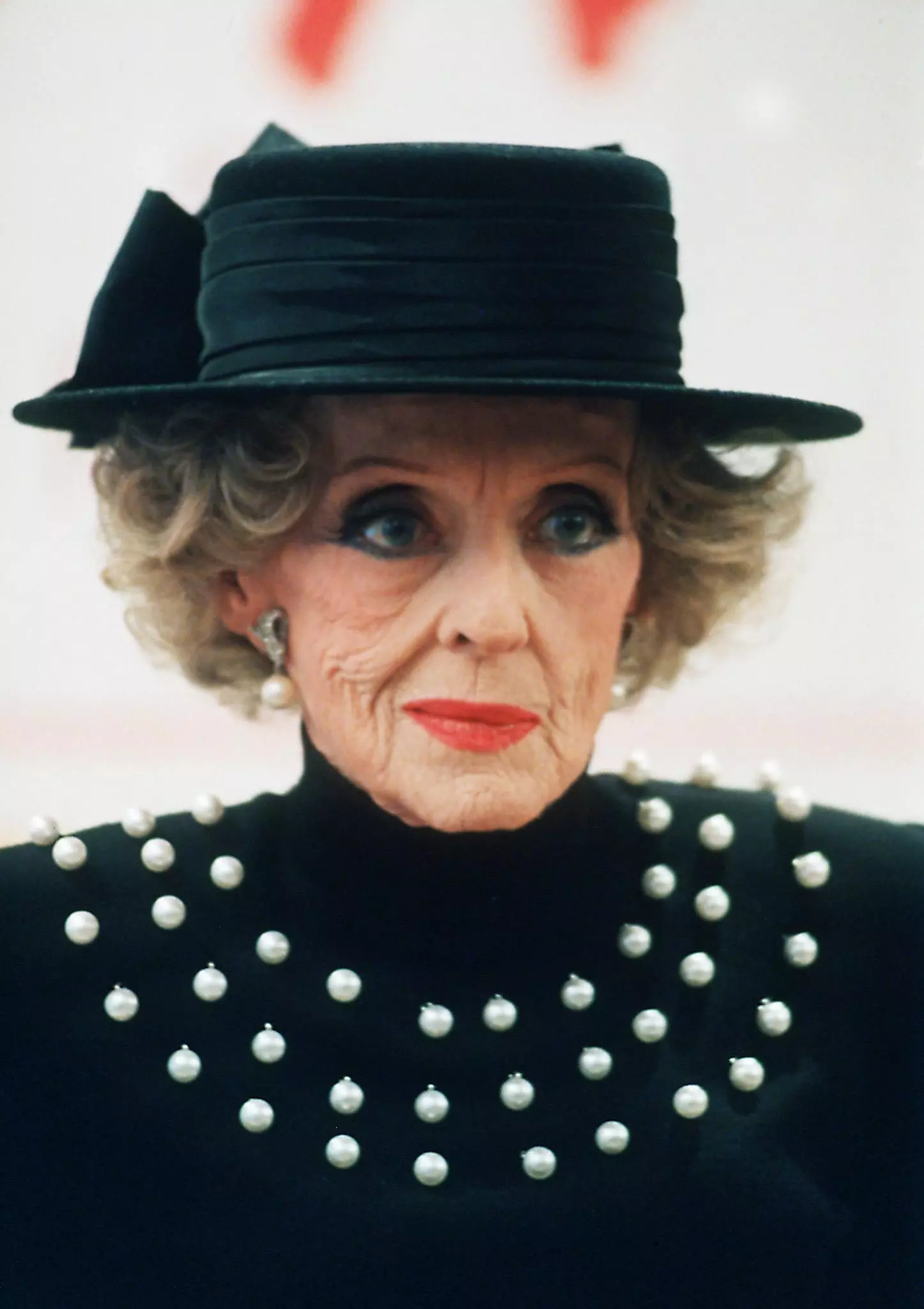 Bette Davis in 1988, a year before her death. (PASCAL GEORGE/AFP/Getty Images)
Bette Davis in 1988, a year before her death. (PASCAL GEORGE/AFP/Getty Images)
This insight into the personal lives of these legendary actresses not only sheds light on the origins of their legendary feud but also reveals the vulnerability and perseverance of Bette Davis. It showcases her capacity for forgiveness and her unwavering support for women, even in the face of betrayal.
Ultimately, the story of Bette Davis and Joan Crawford is one of love, ambition, and the complexities of human relationships in the realm of Hollywood. It reminds us that even iconic figures aren't immune to the trials and tribulations of the heart.








